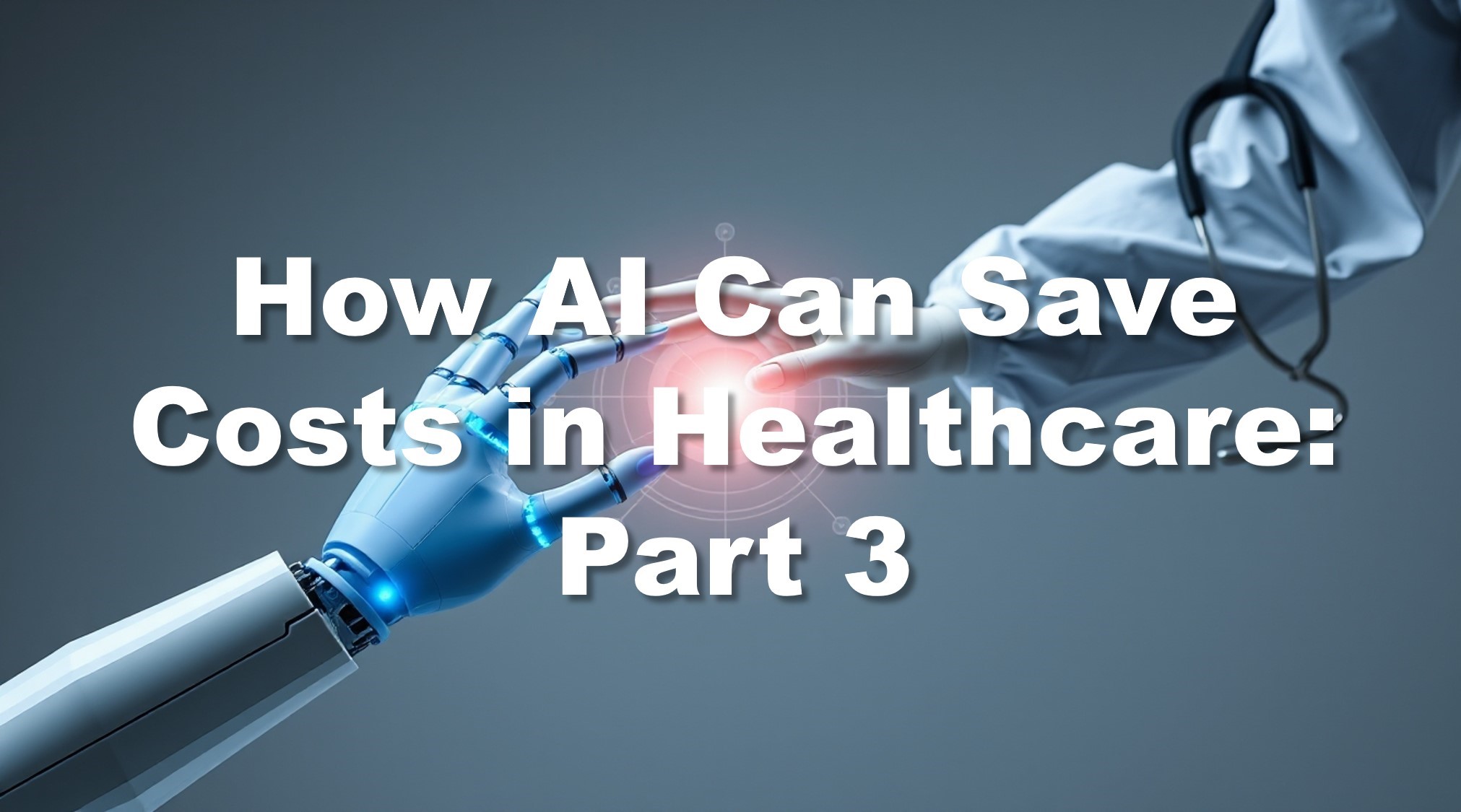
AI-driven initiatives increase healthcare efficiency by streamlining administrative processes to optimize resource utilization, initiating preventive interventions, and much more. Since we looked at the cost of AI in healthcare and how it can impact healthcare business in previous posts, now we can discuss the appropriateness.
The previous part you can find here.
6. Estimating the Appropriateness of Implementing AI in Healthcare
Suppose a healthcare organization has found its AI vendors and even assessed all the factors above with them. Now, they can answer the question: “How much does it cost to build an AI system?” But will it pay back? Estimating the appropriateness of implementing an AI system in healthcare involves several key considerations:
- Identify Pain Points: Determine specific challenges or inefficiencies in healthcare processes that could be addressed by AI, such as diagnostic errors, resource allocation, administrative burdens, and vast amounts of information to process.
- Assess Potential Impact: Evaluate the potential impact of AI implementation on patient outcomes, operational efficiency, cost reduction, and revenue generation. Consider whether AI can improve the quality of care, increase productivity, or generate new revenue streams and whether it can be achieved with less complex solutions.
- Cost-Benefit Analysis: Conduct a cost-benefit analysis to compare the expected costs of AI implementation (development, integration, training, maintenance) with the anticipated benefits (cost savings, revenue enhancement, improved outcomes). Assess the return on investment (ROI) and payback period to determine if the benefits justify the costs.
- Technical Feasibility: Evaluate the feasibility of implementing AI solutions within existing healthcare IT infrastructure, considering data availability, system compatibility, scalability, and security requirements.
- Regulatory Compliance: Ensure the AI system complies with relevant regulations and standards, such as FDA approval for medical devices or HIPAA compliance for data privacy. Assess any legal or regulatory risks associated with AI implementation.
- Stakeholder Engagement: Involve key stakeholders, including clinicians, administrators, IT professionals, and patients, in the decision-making process. Gather input and feedback to ensure alignment with organizational goals and user needs.
- Risk Assessment: Identify and assess potential risks and challenges associated with AI implementation, such as technical glitches, data biases, user resistance, or ethical considerations. Develop mitigation strategies to address these risks proactively.
- Pilot Testing: Consider conducting pilot testing or small-scale deployments of AI solutions to evaluate their effectiveness, usability, and impact in real-world healthcare settings. Use pilot results to refine implementation plans and assess scalability.
- Long-Term Strategy: Develop a long-term strategy for AI integration in healthcare, considering future advancements in AI technology, evolving healthcare needs, and organizational goals—plan for ongoing monitoring, evaluation, and optimization of AI systems to ensure continued appropriateness and effectiveness.
By carefully considering these factors and conducting a comprehensive assessment, healthcare organizations can determine whether implementing an AI system is appropriate and beneficial for their needs and circumstances. You can contact us to help with the risk and const assessment on any step here.
7. Summary
How expensive is AI determined by various factors of development complexity such as AI complexity, data availability, and how hard it is to integrate the solution to an existing system and non-development factors such as personnel training, maintenance of AI-solution and data, regulator compliance, and data security and privacy. Overall, if it is done right, the cost of implementation and integration will pay back with effects that are also defined by the solution, which can be reducing the cost of operating or staffing expenses, paperwork, reliance on expensive diagnostic tests, or directly contributing to increased profitability by early disease detection, proactive interventions, enhancing patient outcomes and satisfaction that translates to higher patient retention rates and increased referrals.

